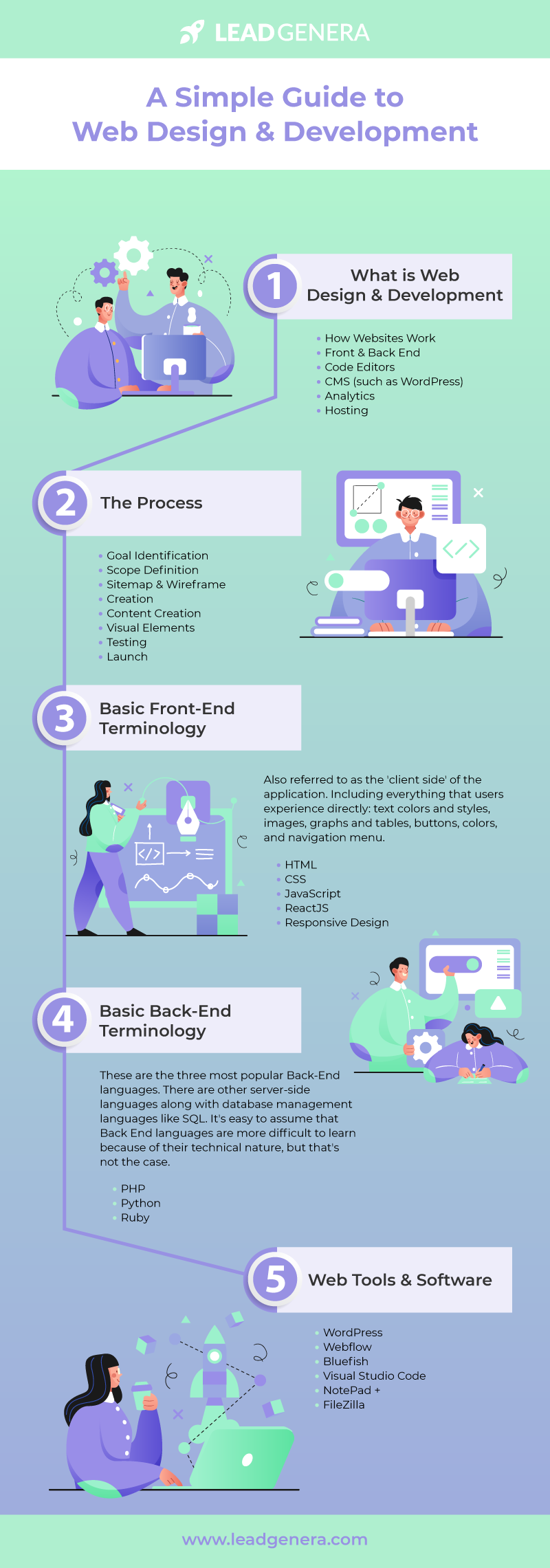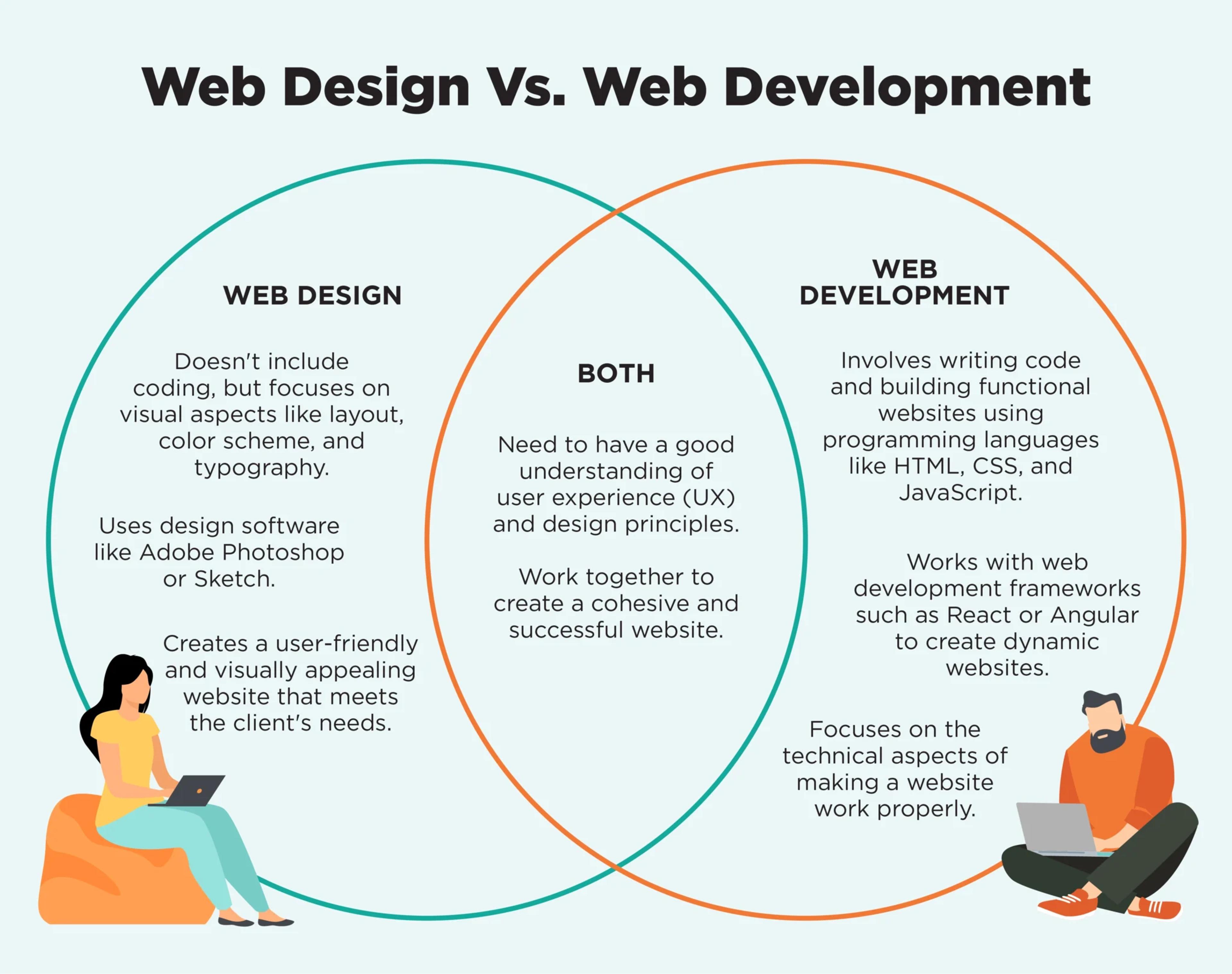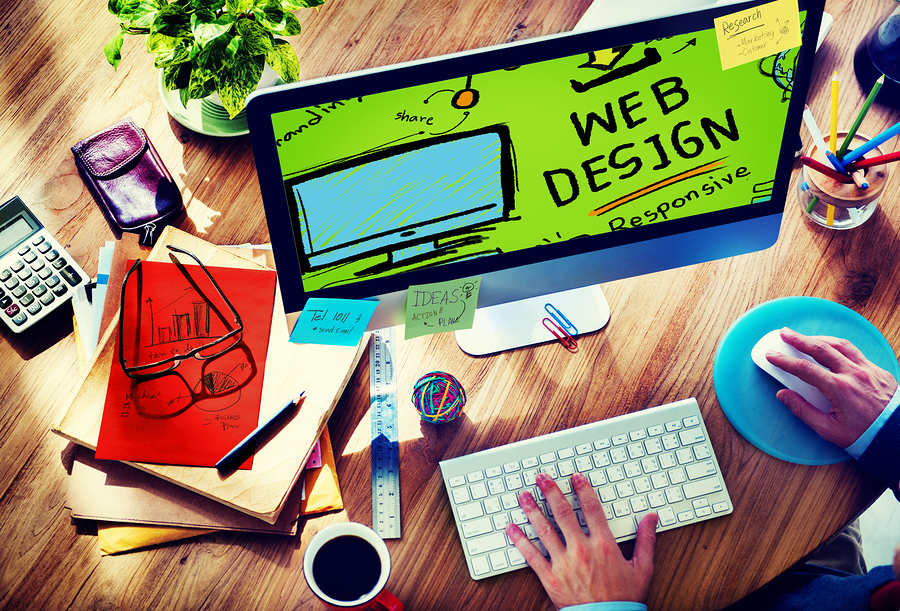Website design trends that boost user engagement
Discovering the Various Kinds Of Website Design and Their One-of-a-kind Benefits
The landscape of Web design includes a selection of designs, each offering distinctive benefits that accommodate various customer demands. Flat and minimalist layouts emphasize clearness, while receptive and worldly styles improve versatility across devices. Typography-driven and illustratory approaches intend to improve involvement and psychological vibration. Understanding these diverse kinds can considerably influence user experience and brand name understanding. What lies underneath the surface of these style options?
Minimalist Website Design

Minimalist website design often integrates a minimal shade combination and uncomplicated typography, which not just boosts appearances however also enhances brand identity. The minimized complexity can lead to much faster packing times, further boosting individual fulfillment. Furthermore, by reducing visual clutter, individuals can engage with material better, resulting in enhanced comprehension and retention. In general, minimal Web layout cultivates a smooth user experience, making it a preferred option for brands aiming to communicate clearness and professionalism and trust in their online visibility.
Responsive Web Style
Receptive Web design has actually ended up being vital in today's electronic landscape, making sure mobile compatibility for users across numerous devices. This technique significantly boosts individual experience by giving smooth navigation and availability, despite display dimension. As even more people access the Web on tablet computers and smart devices, the importance of responsive style remains to expand.

Mobile Compatibility Value
As mobile phone use remains to increase, making certain sites work with numerous display sizes has come to be vital for reliable communication and involvement. Mobile compatibility, frequently accomplished via receptive website design, enables web sites to adjust seamlessly to mobile phones, tablet computers, and various other gadgets. This versatility not just gets to a broader audience but additionally enhances brand reliability. An internet site that operates well on smart phones reflects professionalism and trust and interest to individual requirements. In addition, online search engine focus on mobile-friendly sites in their positions, making compatibility a crucial aspect for on the internet presence. By investing in mobile compatibility, businesses can boost their electronic presence and deal with the growing number of customers who access information on the move. As a result, prioritizing mobile-responsive design is vital in today's digital landscape.
Improved Customer Experience

Flat Design
Flat style is a minimal approach to Web layout that highlights simpleness and clarity. By removing three-dimensional aspects such as slopes, structures, and darkness, flat layout creates an aesthetically enticing interface that prioritizes material and performance. This design promotes an instinctive navigating experience, as users can promptly determine essential features and actions without disturbance.
Among the primary benefits of flat style is its responsiveness throughout numerous gadgets and display dimensions. Its uncomplicated formats and clean lines adapt perfectly, ensuring a consistent experience for individuals on mobile, tablet, or desktop computer systems. Additionally, level design often incorporates vibrant colors and typography, boosting aesthetic influence and brand name acknowledgment.
The simpleness intrinsic in level design leads to quicker packing times, which contributes favorably to individual fulfillment. On the whole, level style stays a prominent option for contemporary Web development, lining up with modern visual preferences while delivering outstanding functionality
Material Design
Material Style represents a design language established by Google that concentrates on developing a user-friendly and natural user experience throughout electronic systems. This technique highlights making use of grid-based formats, responsive animations, and deepness effects such as lighting and darkness, which aid to create a sense of pecking order and spatial partnerships. By imitating the real world, Material Design allows customers to connect with electronic user interfaces in a much more engaging and natural fashion.
Among the crucial benefits of Material Style is its adaptability across various devices and display sizes, making certain a constant experience for individuals. Furthermore, it advertises a clear aesthetic language that boosts usability, making it simpler for customers to browse complex applications. The unification of vibrant colors and vibrant typography also plays a crucial duty in accentuating crucial elements, thereby improving general customer interaction - web design. Material Layout has ended up being a preferred option among programmers looking for to create functional and visually enticing internet sites.
Typography-Driven Design
Typography-Driven Style concentrates on the strategic use kind to boost the practical click for more and aesthetic elements of an internet site. This layout strategy focuses on typefaces, font sizes, spacing, and pecking order to develop visual passion and overview individual experience. By meticulously choosing typography, developers can share brand name identification and evoke emotions, making the web content much more appealing and easily accessible.
Efficient typography enhances readability and usability, guaranteeing that users can easily browse the site and take in information. The appropriate mix of type can additionally establish a clear visual pecking order, enabling users to rapidly recognize crucial messages and calls to activity.
A typography-driven strategy can be adjusted to different tools, making sure consistency across systems. This flexibility is essential in today's multi-device landscape, where customer experience is paramount. Ultimately, Typography-Driven Design offers not just as an imaginative option yet likewise as a useful element that substantially affects a website's performance.
Illustrative Web Design
Illustratory Web style uses aesthetic storytelling techniques that can significantly enhance customer involvement. By incorporating distinct images, web sites can develop a memorable brand identity that resonates with their target market. This strategy not only captivates visitors but additionally interacts messages in a visually compelling manner.
Aesthetic Narration Strategies
A plethora of Web designers employ visual storytelling techniques to produce immersive and appealing user experiences. This approach incorporates images, typography, and format to tell a story that reverberates with users on a psychological level. By incorporating engaging visuals, designers can efficiently convey messages and stimulate feelings, guiding site visitors through a brand name's journey. Infographics, animations, and interactive components serve to enhance stories, making complex information much more obtainable and unforgettable. In addition, aesthetic storytelling can develop a natural brand name identification, as regular imagery and themes reinforce core values and messages. Inevitably, this technique not only captivates users yet additionally cultivates a deeper link with the web content, motivating expedition and retention. Via experienced application, aesthetic narration changes typical Web experiences into dynamic and meaningful communications.
Enhancing User Interaction
Efficient website design considerably enhances individual interaction by leveraging illustratory aspects that attract interest and foster interaction. Images can streamline intricate concepts, making them extra remarkable and approachable for individuals. They break the monotony of text-heavy pages, creating aesthetic breaks that welcome exploration. Furthermore, one-of-a-kind images can stimulate feelings, motivating customers to get in touch with the web content on a much deeper level. Interactive aspects, such as animations or float effects, can likewise boost interaction by inviting customers to take part proactively instead than additional resources passively eating information. This method not just keeps visitors on the site longer however also enhances the probability of return gos to. Eventually, efficient illustrative website design changes the user experience, making it extra pleasurable and impactful.
Branding With Illustration
Aesthetic components play a significant duty fit a brand's identity, and illustrations are a powerful device in this respect. Illustrative Web design permits brand names to communicate their unique personality and values via custom-made art work. This method fosters a deeper psychological link with the audience, improving memorability and engagement. By integrating illustrations, brand names can distinguish themselves in a congested market, developing a distinctive visual narrative that resonates with their target group. Furthermore, pictures can make and streamline complicated concepts content more easily accessible, successfully communicating messages in an engaging manner. Generally, branding via illustration not just improves the user experience yet also enhances brand name recognition, making it an important approach for services aiming to develop a strong on-line visibility.
Frequently Asked Questions
Just how Do I Choose the Right Website Design Type for My Organization?
To select the right website design type for a business, one ought to evaluate goals, target audience, and market criteria. Examining customer experience and performance will certainly guide the choice procedure for excellent interaction and performance.
What Equipment Are Best for Producing Different Website Design Designs?
Popular devices for producing diverse website design styles consist of Adobe XD, Figma, Sketch, and WordPress. Each offers unique functions tailored to various style demands, making it possible for designers to build practical and aesthetically attractive internet sites efficiently.
How Much Does Professional Web Style Normally Cost?
Expert website design commonly sets you back between $2,000 and $10,000, relying on intricacy, attributes, and designer know-how. Personalized options and continuous upkeep might raise costs, while themes can offer more affordable options for less complex projects.
Can I Combine Numerous Website Design Keys In Efficiently?
Yes, combining numerous website design types can be efficient. By incorporating aspects from numerous designs, designers can produce one-of-a-kind, interesting customer experiences that deal with diverse target markets try here while enhancing performance and visual allure.
Just How Do Design Fads Effect Individual Experience and Involvement?
Design fads significantly affect customer experience and engagement by boosting visual appeal, enhancing navigating, and promoting psychological connections - website design. Remaining updated with trends enables designers to create user-friendly user interfaces that reverberate with customers and motivate extended interactions
Flat and minimalist designs emphasize clearness, while responsive and material layouts improve adaptability throughout tools. It may appear counterproductive, minimalist Web design emphasizes simpleness to boost customer experience. Receptive Web layout plays an important function in improving individual experience by making sure that a website adjusts perfectly to different screen sizes and tools. Flat style is a minimalist method to Web design that highlights simpleness and clarity. Material Layout stands for a style language developed by Google that focuses on creating a intuitive and cohesive individual experience across electronic platforms.